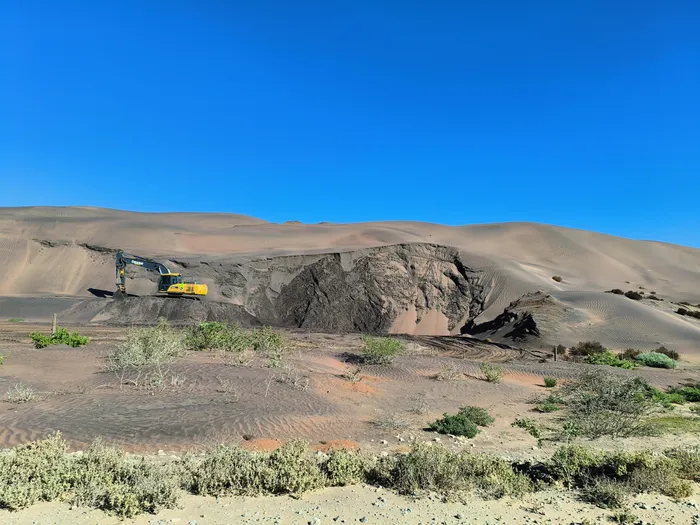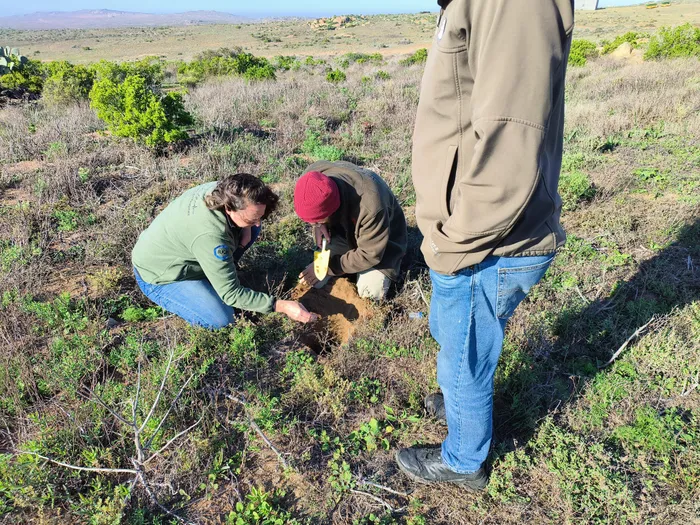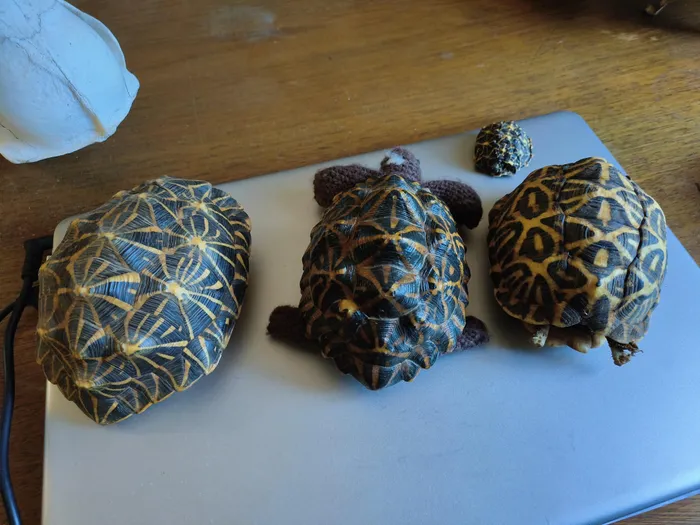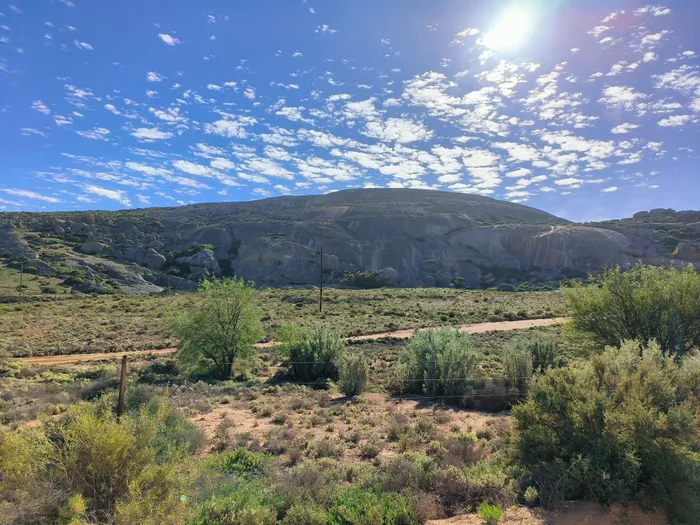Protecting the drylands: The battle against mining in fragile ecosystems

While mining is the largest contributor to the Northern Cape’s GDP, it is environmentally destructive despite efforts to rehabilitate the affected land, conservationists warned.
Image: Lisa Isaacs / Independent Media
The scars of mining activities are visible as you make your way through the vast dryland areas straddling the Western Cape and Northern Cape.
Here, the land is not lush. Here, a little bit of rain goes a long way.
Much of the interior region of the country, spreading to the West Coast, is classified as semi-arid drylands and includes the Karoo region. The areas are prone to desertification, drought and land degradation but support an array of some of the hardiest animals and plants, including many endemic species which occur nowhere else on Earth.

Much of the interior region of the country, spreading to the West Coast, is classified as semi-arid drylands and includes the Karoo region. The areas are prone to desertification, drought and land degradation but support an array of some of the hardiest animals and plants.
Image: Lisa Isaacs / Independent Media
The Succulent Karoo has extraordinarily high plant endemism - there are more than 6350 vascular plant species in this biodiversity hotspot, with nearly 40% endemic. The unique plant life and habitat diversity also support an extraordinary diversity of vertebrates.
The Succulent Karoo is home to 75 mammal species, including the Aardvark; 225 bird species and 90 reptile species. The Karoo is also home to one of the most iconic Karoo species, the critically endangered Riverine Rabbit, considered an indicator species for riparian ecosystem health. This means that when they are no longer found in their historic ranges, it is likely due to the degradation of their habitat.
Drylands also support extensive rangeland farming, which, if carried out sustainably, is compatible with a landscape unsuitable for many other uses.

Despite extreme heat, low rainfall, and water scarcity, dryland ecosystems are home to remarkable and often endangered species, from Riverine Rabbits and golden moles to dwarf tortoises, birds of prey, freshwater fish, and rare succulent plants.
Image: Lisa Isaacs / Independent Media
Head of the Endangered Wildlife Trust’s (EWT) Drylands Conservation Programme, Zanne Brink explains that drylands are fragile ecosystems and vulnerable to overgrazing and unsustainable developments that alter their ecology.
Human activities including mining have led to degradation across the landscape, and during a media trip to affected areas including Brand se Baai, Kliprand and surrounds, local farmers expressed fear and concern over an onslaught of prospecting applications.
While mining is the largest contributor to the Northern Cape’s GDP, it is environmentally destructive despite efforts to rehabilitate the affected land, conservationists warned.

Covering 110,268 km² across the Succulent Karoo, parts of the Nama Karoo, and South Africa’s west coast, the Drylands are one of the country’s most expansive and ecologically important landscapes.
Image: Lisa Isaacs / Independent Media
Proposed mining activities such as hydraulic fracturing threaten underground water resources and the environment - Brink explains underground water is the primary water source for all Karoo towns and activities.
Once areas are affected by mining activities, they would never be the same again, even after decades, Brink said.
“Mining is a huge threat, especially in the Northern Cape. People see the Northern Cape as already transformed… with drought and overgrazing… but as we’ve seen (with) the life (supported) there, it's not degraded land,” Brink said.
Farmers explained how they had been affected by a barrage of prospecting applications, mining companies were seeking copper, diamonds, various ores, and minerals.
They expressed how they battled to make their way through extensive legal documents in English, with little effort to make the documents accessible or understandable to a predominantly Afrikaans community.
The sparse locations of affected farms and limited access to cell connection or internet made it challenging to express their objections.
“There is a place for mining but there are certain places that should be seen as a hands off. When it comes to your coastal duneveld, when that's gone, it's gone. It's a natural system there, protecting the inlands, protecting species. Even the Northern Cape, the coasts are pretty much mining areas already and being degraded on a daily basis. Everything is interdependent in these fragile systems,” Brink said.
Cape Times